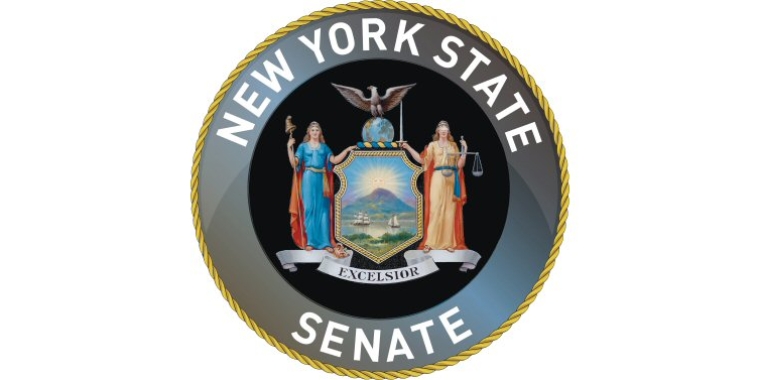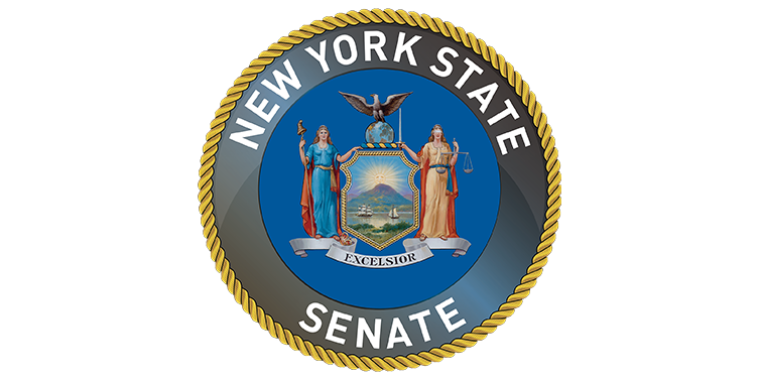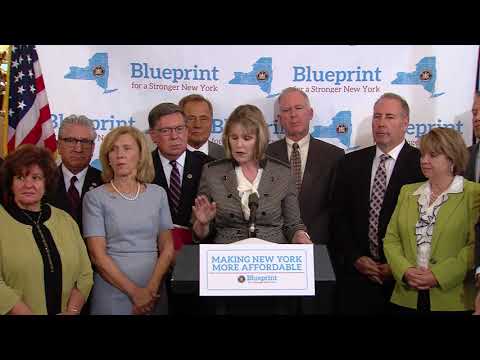Healthcare Providers Meet with Legislators in Albany to Discuss Statewide Telemedicine/Telehealth Network
Catharine Young
January 9, 2012
-
ISSUE:
- Agriculture
- Health
- Transportation
-
COMMITTEE:
- Legislative Commission on Rural Resources
ALBANY ¬– Access to healthcare can be life-changing, especially for individuals who may live in rural or isolated areas.
“With telemedicine and telehealth programs, that much-needed access becomes a reality, providing access to world-renowned experts and improving quality standards while alleviating the isolation of rural providers. The possibilities are endless, from literally saving lives to allowing disabled and frail elderly to stay in their homes,” said Senator Catharine Young.
“The problem that we are facing in New York State is that some telemedicine and telehealth exists, but they are not connected or coordinated. We need to get a comprehensive, cutting edge system in place. The Commission on Rural Resources will be looking to draft legislation based on input received at the roundtable,” she said.
Working with the Bipartisan Joint Commission on Rural Resources and the Senate and Assembly Committees on Health and Insurance, Senator Young led the brainstorming session with healthcare providers, to discuss the benefits or impediments of a Statewide telemedicine and telehealth network at a roundtable discussion,“Telemedicine and Telehealth: Putting the Pieces Together.”
Dr. Kenneth L. Oakley, chief executive director for Western New York Area Health Education Center and Lake Plains Community Health Network, Inc., spoke at Monday’s roundtable. He said he is “personally and professionally invested” in telehealth and telemedicine because he has watched it change lives.
“My grandson was born with severe birth defects, and he had it pretty rough. Along the way, he’s also had some issues with psychosis and emotional issues. For the first five or six years of his life, he was institutionalized. It wasn’t until we had a consultation with Columbia University that his diagnosis and treatment changed. Since that time, he’s only been hospitalized for 20 days in three years. Before, he was averaging 40 days (in the hospital) a year,” Dr. Oakley said.
Dr. Oakley said the connection with true experts, when combined with a comprehensive assessment and interviews, totally changed his grandson’s life, as well as the life of his daughter.
“It’s much easier for her to deal with the issues now. If telehealth and telemedicine weren’t available, we wouldn’t be in the same place. We need to embrace this in our state. We need to make a concerted effort to say, ‘Let’s mobilize and think of a comprehensive strategy,’” Dr. Oakley said.
Assemblywoman Aileen Gunther, Vice-Chair of the Commission on Rural Resources, added, “Telehealth and telemedicine are invaluable tools for practitioners and patients, alike. It is not only a cost-effective tool, but it gives patients in more rural areas or those with limited ability to travel access to specialized medical care, which can often mean the difference between life and death.”
Proven telehealth groups exist throughout the country, including Western New York Rural Broadband Health Network (WNYRBHN), Fort Drum Regional Health Planning Organziation (FDRHPO), North Country Telemedicine Project, California Telemedicine and eHealth Center (CTEC), and Georgia Partnership for TeleHealth (GPT).
While New York State has been at the forefront of telehealth/telemedicine, focused on providing increased access to health care services and avoiding unnecessary travel and hospitalizations, there is still more work to be done.
Thomas Holt, Chief Executive Officer of Lutheran Social Services, noted, “The senior population in our rural community is rapidly growing, and they need coordinated services now to remain healthy and safe in their homes. This can more easily be accomplished with the use of technology, which is less costly and less invasive than the utilization of hospitals and nursing homes.
Alexis Silver, Vice President for Clinical Policy of the Home Care Association of New York State (HCA), said: “Health providers throughout New York State have been model innovators in the use of telehealth and telemedicine. This important technology extends the clinician’s reach to patients beyond the traditional face-to-face encounter, allowing for critical interventions that save lives and reduce the need for higher-cost services. In rural areas of New York, where patients may face barriers in obtaining preventive health care or chronic disease management, these technologies are especially vital, bringing individuals closer to services that help them better control and improve their health. New York’s health care community looks forward to working with the Legislature on a plan that can further utilize these important life-saving technologies to enhance care delivery and service integration for citizens throughout the state.”
Presenter Profiles for the NYS Commission on Rural Resources Telehealth/Telemedicine Roundtable, January 9, 2012
Kenneth L. Oakley, Chief Executive Director, Western New York Area Health Education Center and Lake Plains Community Health Network, Inc.
Kenneth Oakley is Chief Executive Officer of the Western New York Rural Area Health Education Center (R-AHEC) and the Lake Plains Community Health Network, Inc. Dr. Oakley became interested in telemedicine while working as the Chief Executive Officer of a rural hospital in 1996. In his current positions, Dr. Oakley has received numerous telemedicine awards from the U.S. Health Resources and Services Administration’s Office for the Advancement of Telehealth and the USDA’s Rural Development Distance Learning and Telemedicine Program. Dr. Oakley also secured a $5.9 million grant through the Federal Communications Commission in 2007 to create a dedicated broadband healthcare network in Western New York, which has since connected more than 25 facilities and expects to have an additional 14 facilities “go live” by early March of 2012. R-AHEC recently announced that was provided with a high-speed IP-network through PAETEC to support the Western New York Rural Broadband Healthcare Network (WNYRBHN). This work is part of a 60-month contract valued at $6 million that will serve 38 facilities with advanced Internet and MPLS-based VPN services over PAETEC's fiber optic network. The overriding mission of the Western New York Rural Broadband Network is to bring rural patients the same health care opportunities that are available in urban areas - "to connect those who have with those who need."
Thomas Holt, Chief Executive Officer, Lutheran Social Services
Thomas Holt is Chief Executive Officer of Lutheran Social Services (LSS), which provides a wide range of telemedicine senior services and state of the art senior housing to adults who need help in finding solutions as they age. Their programs include a medical adult day care, medical rehabilitation, assisted living and skilled nursing in a nursing home setting and housing that includes independent living apartments and duplexes with both HUD-subsidized and market rate options. Through New York State HEAL 20 grant monies. Lutheran Social Services was able to initiate “Smartment Building” and “Project Independence” – two projects which provide monitoring technologies into individuals’ homes to improve health outcomes and reduce unnecessary medical costs and hospital readmissions.
Alexis Silver, Vice President for Policy, Home Care Association of New York State
Alexis Silver is the Vice President for Policy at the Home Care Association of New York State (HCA). HCA has been on the forefront of the advancement of home telehealth since 2003, first collaborating with state legislative and regulatory bodies in 2004 to secure $7 million in grant funding to support capital investment in telehealth. By 2006, there was clear evidence that the use of home telehealth reduced unplanned hospitalizations of high-risk patients. During the 2007 legislative session, HCA worked closely with the legislature to create a Medicaid reimbursed home Telehealth program under Chapter 58, L. 2007. HCA followed up by providing consultation and technical assistance to the New York State Department of Health to develop the framework and reimbursement structure for the telehealth program. Most recently, HCA has been collaborating with the legislature to further promote the development of a coordinated accessible telehealth and telemedicine program. As HCA’s point person on telehealth policy, Alexis Silver has worked extensively to support New York home care providers in their telehealth program development, which has led to her being named Chair of the American Telemedicine Association Home Telehealth and Remote Monitoring Group. She also serves as the American Telemedicine Association’s representative to the Joint Commission for Telehealth Policy.
###
Share this Article or Press Release
Newsroom
Go to Newsroom
Legislature Announces Joint Budget Hearing Schedule
January 16, 2018


